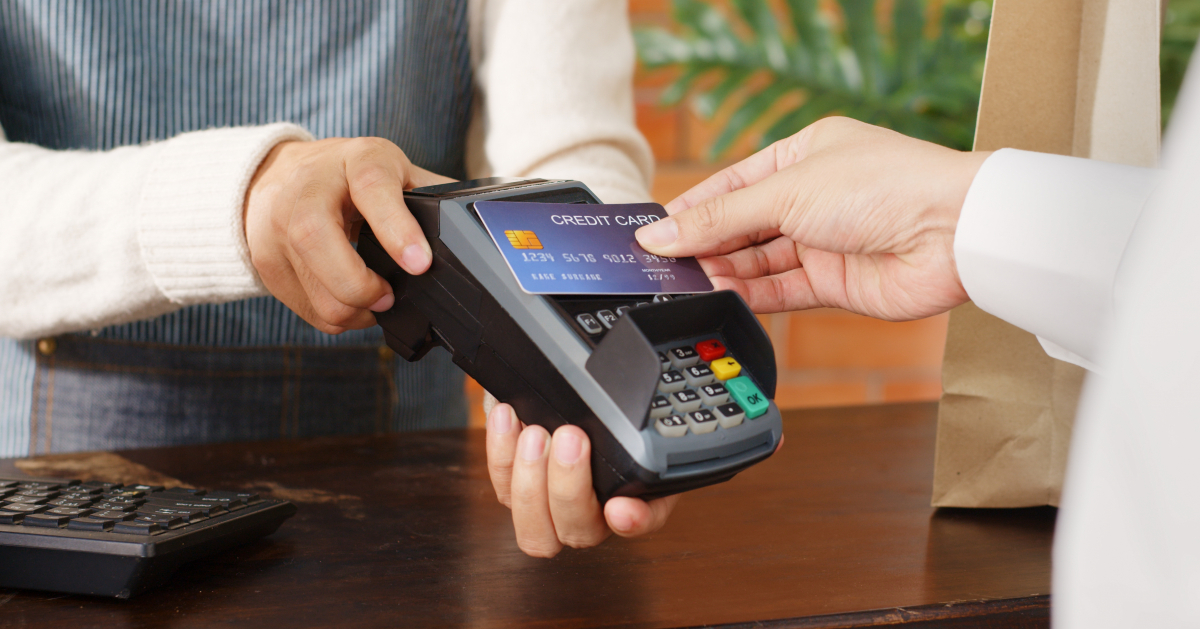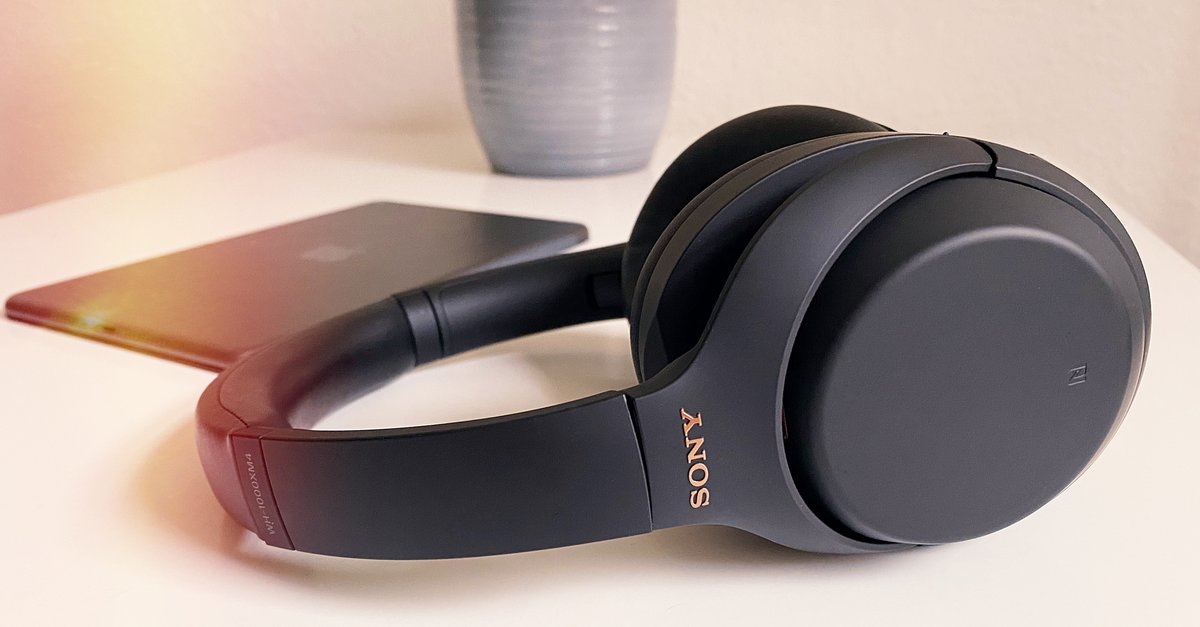Tipping with card payments – how to do it right and who gets it
Many Germans still have reservations or problems with making cashless payments. Special situations such as tipping in a restaurant or café are unfamiliar and many people are wondering how that works at all, whether it can be done with coins or can it also be done with the card? And what about the tax treatment – does that put the waiters at a disadvantage?
First of all: A large part of the problem has to do with the lack of routine, since in Germany – unlike in many other countries – it is still less common to pay the bill in restaurants with a card or mobile device. Anyone who talks to friends in the Netherlands, Great Britain or Sweden usually encounters a lack of understanding, because cashless payments are so common there.
In principle, you still have the option of paying the bill in the usual way by card and giving the tip, i.e. the tip, in coins to the waiter. However, it is also becoming more and more common to pay the entire amount by card – and many checkout systems now do this very elegantly with different VAT rates.
Because unlike food and drinks, which are billed at 7 or 19 percent depending on the situation, tips should not actually be subject to VAT. All common cash register systems in the catering industry can now map this and most catering establishments also use this tax exemption. The invoice then shows the requested amount with the usual tax rate and the tip amount with zero percent VAT. A positive side effect for those inviting to business meals: the hospitality receipt then usually shows the tip (broken down without VAT).
In principle, tips are tax-free in most cases – and have been in full since 2002, unless it is a contractually fixed part of the salary (which it usually is not). The prerequisite is that it is provided voluntarily in excess of the normal invoice amount. This always applies if it does not already appear as a specified fixed amount on the invoice.
Editorial recommendations
Incidentally, tips that end up in a pool and are then distributed to everyone afterwards are not officially tax-free (even if many catering establishments do not comply with this). The reason: a tip must go directly from the customer to a specific person – whether cash or non-cash is irrelevant. But there are exceptions to every rule: Tips that you give to the owner of a business must always be officially taxed by him and are not tax-free for the entrepreneur. This is also a detail that is handled less strictly in many companies.
By the way, anyone who fears that the serving staff will receive less tips through cashless payment is wrong: Studies have shown that cashless payments tend to be rounded up more generously. The withholding of tips by the owner of a restaurant is and will remain illegal. In this regard, there had been criticism of some restaurants in the past that delivered goods via delivery services. If you are concerned, it is still a good idea to have a few coins ready and hand them to the driver.



